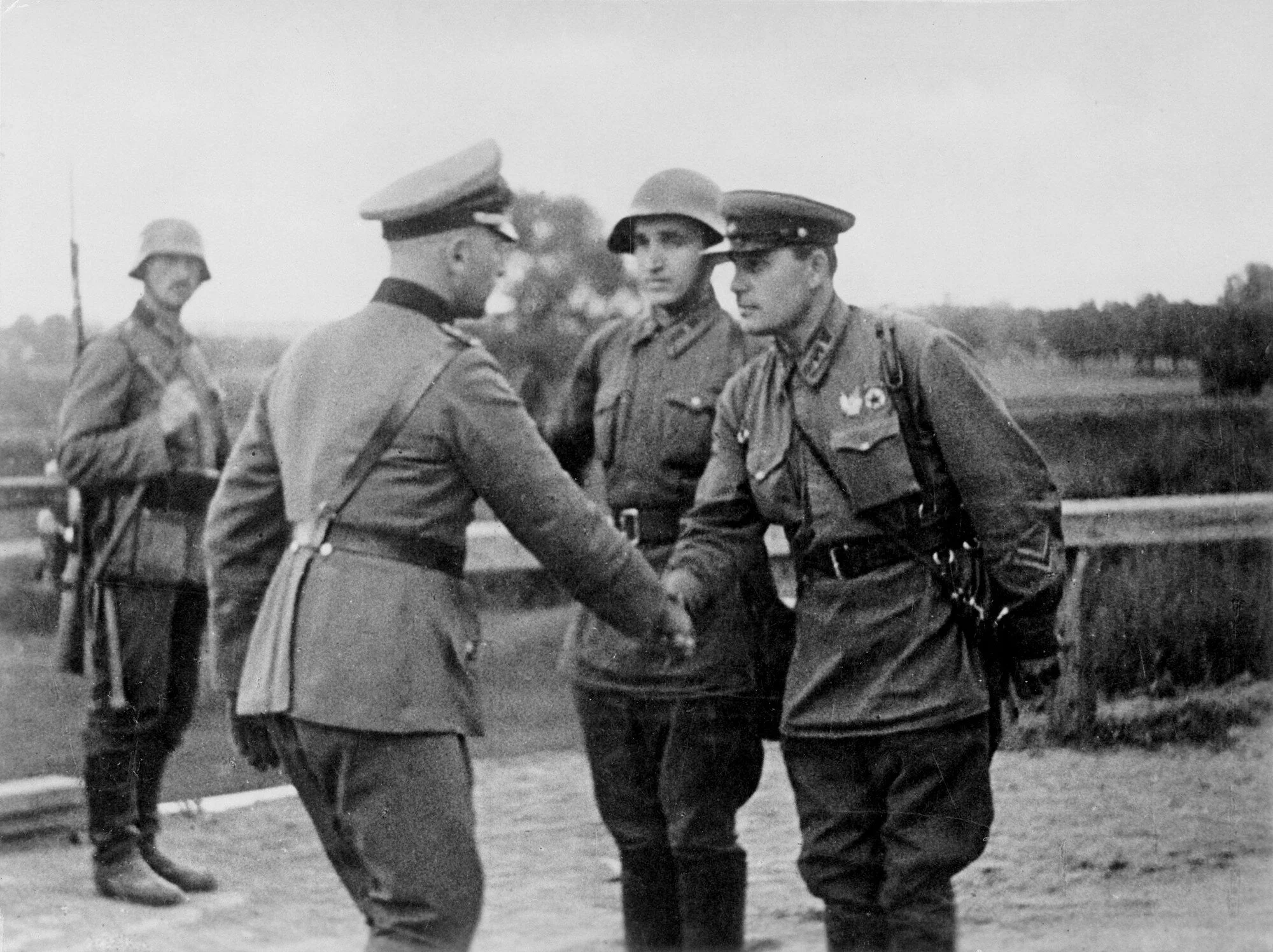Soviet tank armies used a form of logistics different from that of Western armies that specifically allowed them a high degree of mobility and the ability to operate deeply behind enemy lines without fear of interruption. The build-up for offensives was provided by railways, and the offensives themselves were time limited, awaiting the arrival of the field armies and restored railway connections.
Published: The Logistics of the Combined-Arms Army— the Rear: High Mobility Through Limited Means
This article sets out to examine the inner working of combined-arms armies logistics over the course of the war through the use of a series of seven reports contained within the ‘Collection of Materials on the Experience of War’ and comparing these assessments with statistics from archival documents on two actual operations, Operation Polkovodets Rumyantsev in August 1943 and the Vistula-Oder Operation in January 1945. These results show that combined-arms armies gained their operational mobility from rapid re-establishment of railways and a carefully choreographed use of a small motor vehicle fleet, coupled with strict adherence to weight limits and living off the land by combat troops and their horse-drawn transport. This achievement of high mobility using limited means was a unique approach particularly tailored to the Red Army’s force structure and the Soviet Union’s available economic support.
A Who Dunnit of the Soviet-German War - an exercise in source materials
One of the major issues with the historiography of the Soviet-German War is that German accounts of the war had an almost unchallenged run for over forty years between 1945 and 1991. Former German generals found a willing audience in American soldiers and historians who were struggling to counter the Soviet domination of Eastern Europe and the prospect of a Third World War.
The aim of this exercise is to demonstrate some of the problems with one-sided Germanicentric scholarship by examining one of those rare occurances, a divisional sized battle which has primary and secondary sources from both sides.
Logistics of the Combined-Arms Army — Motor Transport
Motor vehicles have always been regarded as an indicator of modernity, technological advancement, and industrial progress, right from the time of the first motor car in 1885. The Soviet Union was no exception, and there is an extensive Soviet historiography of the development of motor transport and its use during the German-Soviet War. The aim of this article is to put the wartime military and economic use of Soviet vehicles into a wider context, highlighting how mechanization was not the only important variable in successful logistics. The case study here will be the role of transportation in the logistics of a Soviet combined arms army (общевойсковая армия) utilizing detailed primary source material from the pamyat-naroda.ru website.










